Solar on all roofs
The Auenfeld barracks on the Frauenfeld military training area will be completely renovated and expanded. All 21 buildings will be equipped with photovoltaics. But this is only one of the exemplary measures of the showcase project of armasuisse Immobilien.
Frauenfeld previously had two barracks: the Stadtkaserne and the Kaserne im Auenfeld. From now on, the listed Stadtkaserne in the center of Frauenfeld will be used for civilian purposes. Military activities will be concentrated at the Auenfeld barracks located on the outskirts of the city. To this end, the Auenfeld barracks will be completely renovated and expanded in an environmentally friendly manner in five stages by the end of 2031. The Federal Department of Defense, Civil Protection and Sports (DDPS) thus ensures that the important army training site can be used efficiently, functionally and in the long term. At the same time, the armasuisse Real Estate project serves as a lighthouse project for the DDPS Energy and Climate Action Plan.
((Intertitle))
With four thrusts to the model
The Energy and Climate Action Plan defines the energy policy goals of the DDPS for the period 2021-2030. The DDPS is to act as a role model in the field of energy and climate and achieve net zero by 2050 at the latest. The action plan comprises four thrusts: First: reduce and substitute fossil energy. Second: expand renewable energies and their own production. Third: increase storage capacity. Fourth: promote innovative projects. The expansion and overall renovation of the Auenfeld barracks take into account all four thrusts.
((Intertitle))
The three benefits of increased energy efficiency
Energy efficiency is of the utmost importance in the Auenfeld expansion project because it brings three benefits: "We are reducing costs, cutting greenhouse gas emissions and increasing security of supply," explains Markus Bernath, technical advisor at armasuisse Immobilien's Energy Competence Center. Six of the existing buildings are therefore being renovated for energy efficiency. Facades and roofs will be insulated and windows replaced. The renovation will save more than 500,000 kilowatt hours of energy per year, which is roughly equivalent to the heating energy of 70 single-family homes. The significantly reduced heating requirements of the renovated buildings will be covered by the low-temperature waste heat from the neighboring DDPS computer center. In the case of a further seven buildings, refurbishment is not suitable for technical or financial reasons, which is why they are being dismantled.
((Intertitle))
Minergie certification for all new buildings
By 2031, 15 new buildings will have been constructed, all of them to the Minergie standard. The new catering center for 800 people, the new medical center with 100 beds - both already in operation - and three accommodation buildings with a total of 1700 beds have been or will be built to the Minergie ECO standard. With the additional ECO label, the energy efficiency requirements are supplemented by health and building ecology aspects. Richard Brander, project manager in the Construction Management East department at the building owner armasuisse Immobilien, explains why the ECO certification was chosen for the five buildings mentioned: "The Minergie ECO standard is particularly useful for buildings in which people spend a long time and the needs for daylight, sound insulation and a healthy indoor climate arise."
((Intertitle))
Natural and recycled materials in the ECO buildings
Natural materials such as Swiss wood or rubber are used for the five Minergie ECO buildings. Recycled concrete is also used. This has been the biggest challenge so far in the ecological expansion of the barracks. Richard Brander explains, "When the recycled concrete was installed for the first time, it turned out to have different properties than those one is used to from primary concrete." For example, the wall concrete supplied could not be compacted as desired during placement and tended to form large blowholes. But the problem could be solved by doubling the diameter of the largest grain from 16 to 32 millimeters. A wall concrete with a recycled aggregate content of 65 percent and a floor concrete with a recycled content of 40 percent were used.
10,000 photovoltaic modules
Two different storage solutions
In order to maximize the self-consumption rate of solar power, two storage solutions are planned. On the one hand, battery storage will be installed and on the other hand, a hydrogen infrastructure will be tested. When the batteries are full, the excess solar power can be used to produce green hydrogen, store it, and convert it back into electricity as needed. The two storage methods will provide valuable insights into the advantages and disadvantages of the two systems. Possibly, together with the large-scale photovoltaics, they will make an important contribution to the autonomous operation of the Auenfeld barracks. A feasibility study is currently being carried out for this purpose.
On the basis of the Energy and Climate Action Plan and as a player in the Energy and Climate Role Model initiative, the DDPS has committed itself to taking on a role model function in the energy transition. With the Auenfeld showcase project and other planned projects and measures, the DDPS is living up to this claim. The experience and knowledge gained from the project will be continuously incorporated into subsequent federal site and real estate projects and will also be shared with the interested public.
Role model for energy and climate
Eighteen important Swiss providers of publicly relevant services are making their contribution to the Energy Strategy 2050 and the Paris Climate Agreement of 2015 in the federal government's Model Energy and Climate initiative. The focus is on energy efficiency, renewable energies and now also on climate-compatible financial flows.In the cross-sectoral action field of energy and climate, the players are pursuing individual targets by 2026 and 2030 respectively for energy efficiency, ecological electricity production, renewable heating and cooling, and renewable fuels. The share of renewable electricity is to be 100 percent for all by 2026 at the latest.
In the action field of climate-compatible financial flows, the stakeholders set targets for their investments to bring them in line with the Paris Climate Agreement. To this end, participating pension funds and insurance companies, for example, call on companies in which they invest to adopt climate-friendly behavior. They also continuously reduce the greenhouse gas emissions of the directly held properties in their portfolio.
The players report transparently on their target achievement and share their experiences so that other companies and organizations can follow suit.
Julia Gremminger, Polarstern AG
Photos: armasuisse Real Estate
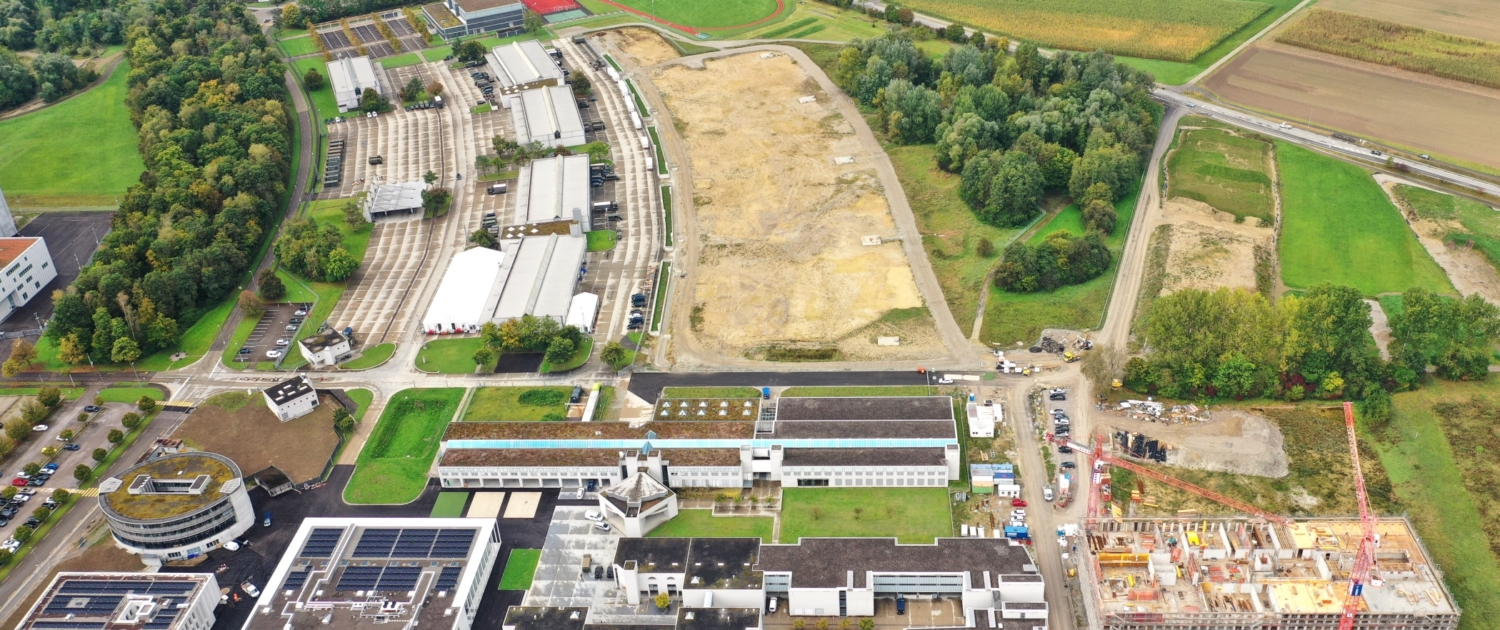 armasuisse Immobilien
armasuisse Immobilien
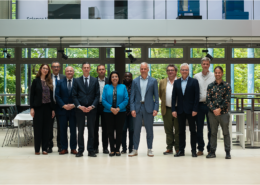 Eawag, Aurel Hess.Beiträge der Schweiz zur Nuklearforschung der IAEA
Eawag, Aurel Hess.Beiträge der Schweiz zur Nuklearforschung der IAEA 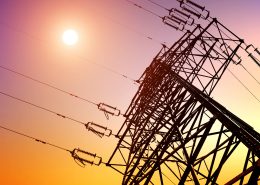 Smart Metering Systeme – die intelligente Art Strom zu Messen
Smart Metering Systeme – die intelligente Art Strom zu Messen 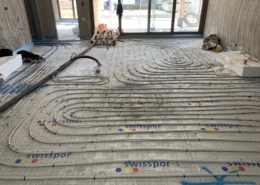 ©BFE - Brigitte MaderEnergieeffizienz fängt beim Bauen an: Das Beispiel Urdorf ZH
©BFE - Brigitte MaderEnergieeffizienz fängt beim Bauen an: Das Beispiel Urdorf ZH 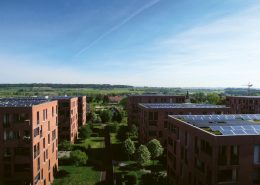 © ABZ ZürichNeue Broschüre zu Eigenverbrauchsgemeinschaften
© ABZ ZürichNeue Broschüre zu Eigenverbrauchsgemeinschaften 
 pexels/karolina grabowska
pexels/karolina grabowska OFEN
OFEN
Neuste Kommentare